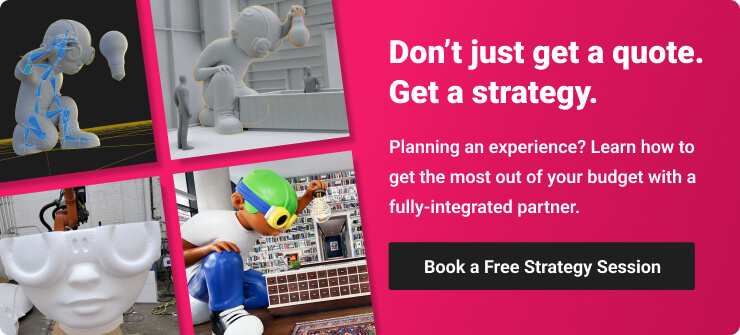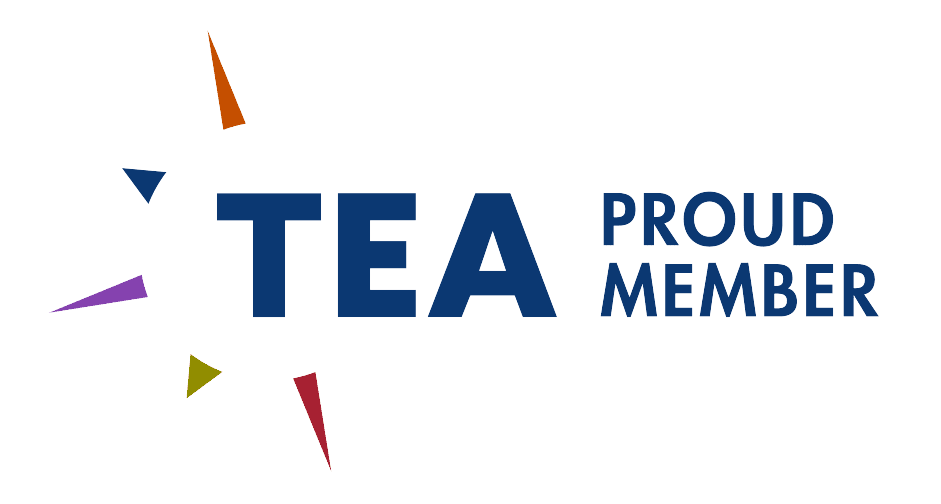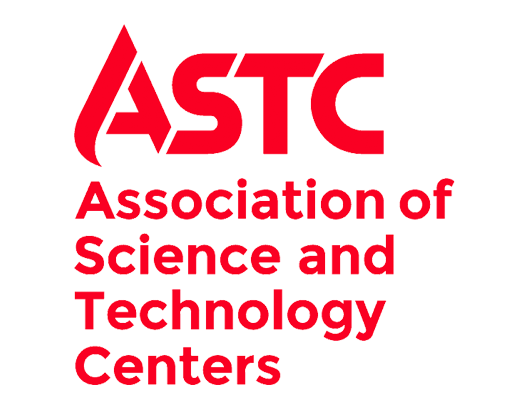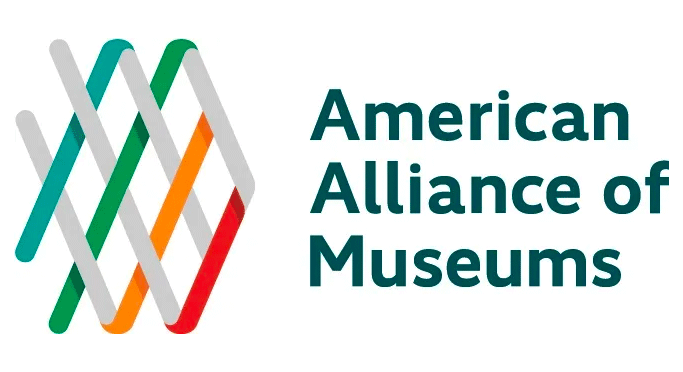3D printing enables businesses and individuals to build three-dimensional objects quickly using a variety of materials. But an entry level 3D printer isn’t always up to the task. Industrial 3D printers are bigger, more powerful, offer more choices of materials and have greater production capacity.
But don’t let the name of these devices fool you, industrial 3D printers aren’t just for industrial use. Artists, architects, exhibition designers and consumer businesses use industrial printers to build big and small. From buttons to building, industrial 3D printing opens up an array of amazing options to creators.
In this article, we explain the difference between industrial 3D printers and other models and what these machines can do for makers of all kinds.

What is 3D printing?
Three-dimensional (3D) printing is a construction process that transforms materials into three-dimensional objects by printing or layering the materials into a desired shape. Manufacturers, artists and other creators achieve this process through the use of 3D printers that can take raw materials such as plastic, resins, metal, graphite or graphene, and other substances that become malleable when heated.
Different types of 3D printers have different materials capacities and construction processes which affect the quality of the output they can produce.
Four fast facts about 3D printers
3D printing is an additive fabrication process
3D printing is referred to as an additive manufacturing process because objects constructed using 3D printers are built by adding materials to a base or attaching (fusing) materials to one another. In contrast, manufacturing processes such as computerized numerical control (CNC) fabrication are subtractive. A CNC machine removes sections from a solid form to achieve the desired object’s shape.
You might imagine a 3D printer as the mechanical version of sculpting an object out of clay or adding layers of paint to create a textured canvas. Whereas CNC fabrication is more like carving an object from stone or wood.
3D printers are computer-assisted manufacturing devices
Like CNC machines, 3D printers get their building instructions from computer files that guide the construction process in minute detail. The digital design input defines each movement of the machine. Computer control enables designers and fabricators to create three-dimensional objects with precision and duplicate objects error-free.
3D printers may use liquid resins, filaments or powders to create objects
3D printers using filaments build objects by melting the wire-like additive and extruding it in layers to create the desired shape. Machines that use powder additives use heat and pressure (sintering) or the addition of a bonding agent to form the object out of a layer of distributed powder.
Resins are a liquid material that is cured using either a laser or other source of light. Some types of resin printers cure each layer in a single step while others can cure parts of the additive layer separately.
3D printing technology is available to consumers and manufacturers
3D printing is accessible for individual users and large manufactures—and everyone in between, and it’s changing how product designers, machinists and artists create.
The differences between a consumer 3D printer and an industrial one relate to the machine’s size, capacity and cost. Large-scale industrial 3D printers enable builders to make larger objects, using a greater variety of materials, including ceramics and metals, and scale their production faster.
For example, an industrial 3D printer may operate three to four times faster than a consumer model and handle build volumes that are 10x greater.
7 types of industrial 3D printers and how they differ
There are several types of industrial 3D printers distinguished by the form of additives and construction methods used by the machine.
Each type of additive and manufacturing method has advantages and disadvantages. For instance, some 3D printers are excellent for producing low-cost prototypes or simple pieces at high speed. Other machines are better suited to detailed sculptures or other pieces that require tight precision.
Here are some of the 3D printers design and fabrication companies may have in their inventory:
- Selective Laser Sintering (SLS) 3D printers. Sintering involves heating an additive material, but not melting it. Laser sintering printers use a laser fuse powder placed in a powder bed into the desired shape. The process is completed by removing the finished object out of the pool of unfused (residual) powder and smoothing the piece’s surface. Fast, and accurate, these machines can deliver at volume but not necessarily with a refined touch.
- Fused Deposition Modeling (FDM) 3D printers. These printers build objects from the bottom up using filament additives. While filament printers are affordable production workhorses, they sometimes lack the precision of other 3D printing methods and work best for objects that can be designed with a flat surface to anchor their base.
- Digital Light Process (DLP) 3D printers. Digital light process printers use liquid resin to form 3D objects layer by layer. During the process, each layer is cured or hardened through a photochemical reaction triggered by a light projection. A DLP printer can build objects quickly but this speed may come at the sacrifice of accuracy. Because of the space needed to house the machine’s light projector, a large scale DLP printer takes up a lot of room.
- Multi Jet Fusion (MJF) 3D printers. Multi jet fusion 3D printers offer manufacturers the ability to use powder additives without sacrificing surface quality. In a complex orchestration of materials and movement, these machines apply two binder fluids to the powder. One fluid causes the powder to fuse when heated by a non-laser light. The other fluid is heat-inhibiting. This fluid is used to set the borders of the area to be fused, keeping the object’s form smooth and defined.
- PolyJet 3D printers. PolyJet printers get their name from the method of additive application. These machines dispositive liquid plastic in layers through multiple jets or print heads. The material cures immediately, allowing for high-precision results. PolyJet printing works well for small, high-detailed objects. But because the jets have to move to deposit the additive, large objects take longer to produce.
- Electron Beam Melting (EBM) 3D printers. EBM 3D printers are another device that uses powder, but only metal powders. An electron beam applied to the powder causes the metal to melt and fuse. These machines are highly efficient for producing metal objects, powder is introduced in layers instead of a bed and residual powder can be fully recovered. These machines aren’t yet ready for highly accurate or large-scale build volumes.
- Stereolithography (SLA) 3D printers. Stereolithography 3D printers are resin printers that selectively cure portions of each layer using a laser. This sectional curing allows the machines to produce objects with finer details than printers that use a whole-layer curing process.
SLA printers may be top-down or bottom-up. These designators refer to the position of the laser relative to the resin vat. A top-down SLA printer’s laser is above the vat and cures the object starting at the top and moving toward the bottom. A bottom-up machine’s motion is reversed. The laser is beneath the liquid resin and curing happens as it progresses up.
Top-down SLA printers are more common in industrial settings because they don’t require the object to be peeled away from its base after each layer (a condition of bottom-up construction). This peeling process also limits the size of bottom-up printers. For large-scale, fast production of well-finished objects a top-down SLA 3D printer offers top results.
Which industrial 3D printer is the best one for your next project?
Which type of 3D printer you should use for a project, or even if you should use a 3d printer, is a question that can only be answered after considering your objectives and resources. Sometimes, the right answer lies in using more than one type of fabrication process for different stages in a project. For example, you might 3D print a small model to test your idea before creating the final object using CNC sculpting or combining multiple construction methods.
A design and fabrication company with a range of tools and technologies can help you evaluate all of your options and identify the most cost-effective way for you to construct your concept.
Do you have a 3D project that you’ve been waiting for the right time and technology to build? Schedule a no-pressure introduction to Bridgewater Studio today, and learn how a full-service design and fabrication company can take your idea from concept to reality. You’ll get a free custom project plan that sets your project up for success from the start.
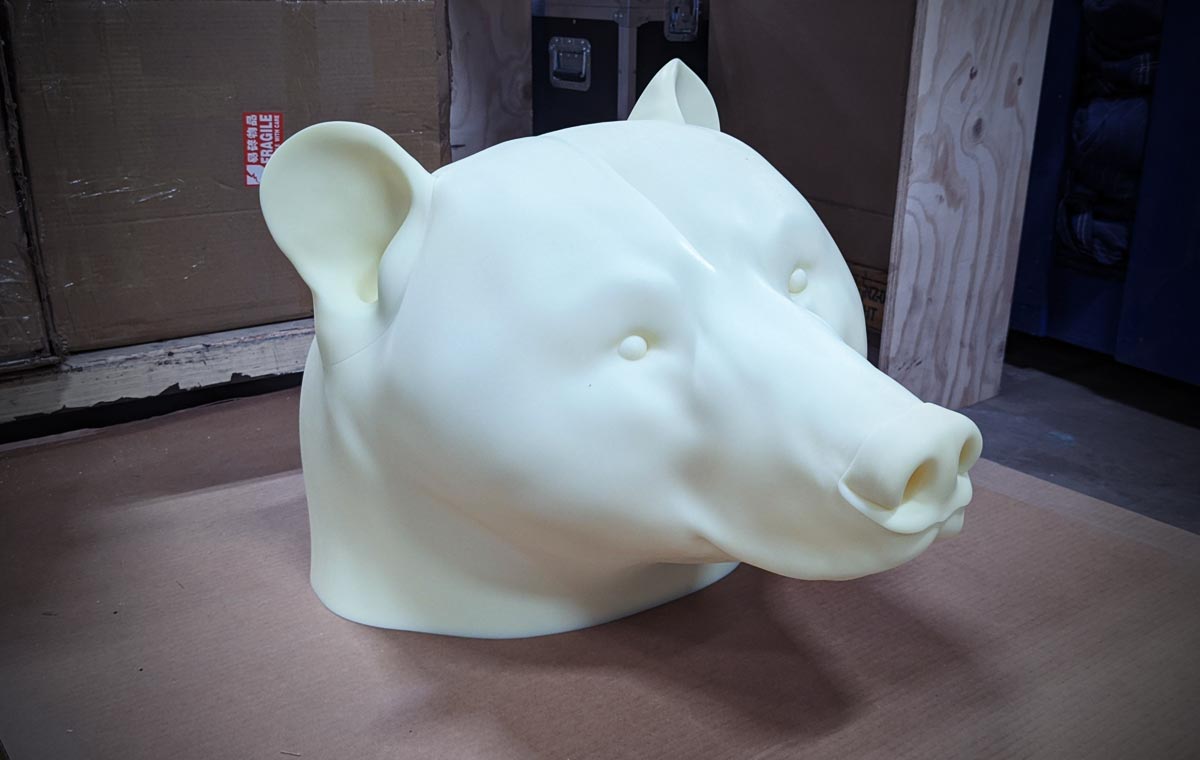

.png)
.png)
.png)
